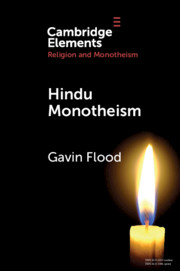Element contents
Hindu Monotheism
Published online by Cambridge University Press: 23 July 2020
Summary
Keywords
- Type
- Element
- Information
- Online ISBN: 9781108584289Publisher: Cambridge University PressPrint publication: 20 August 2020
References
- 18
- Cited by

